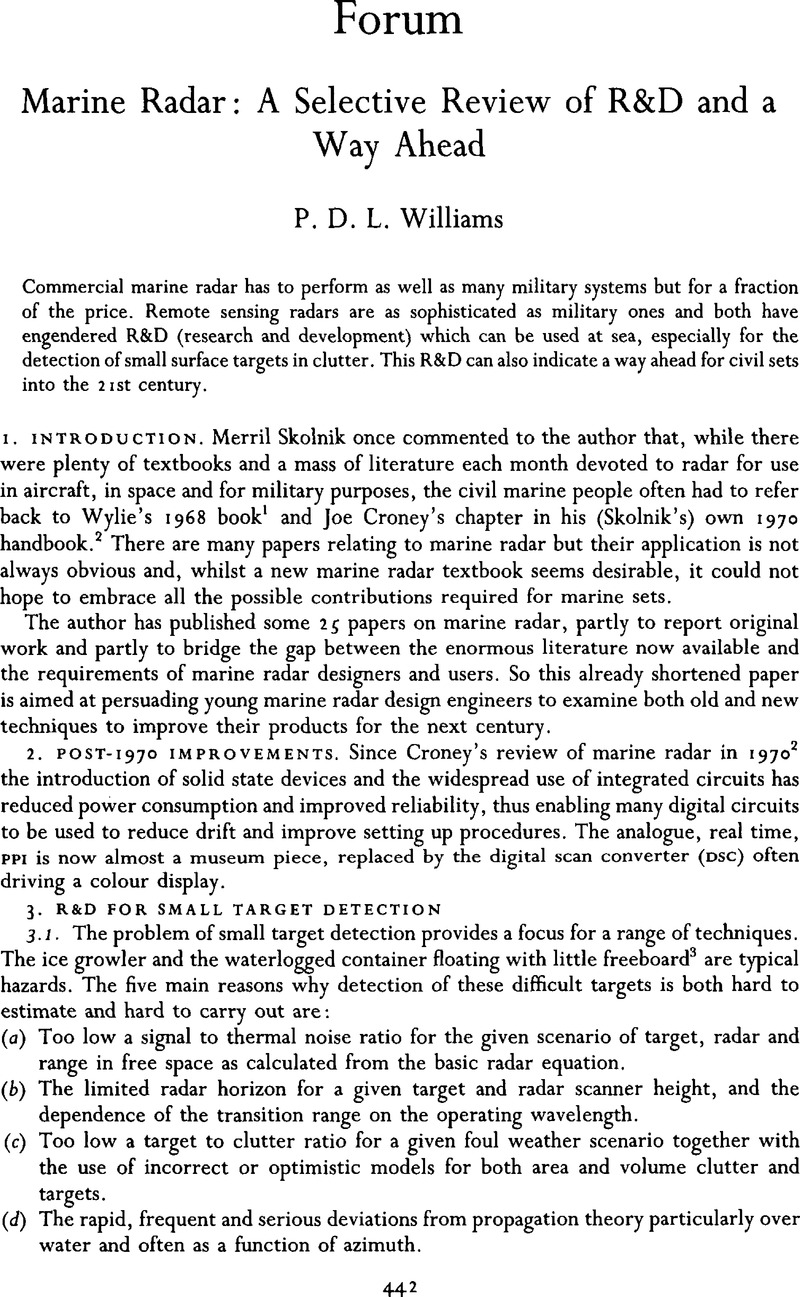Crossref Citations
This article has been cited by the following publications. This list is generated based on data provided by Crossref.
Xiang, Ti
Lv, Pin
Sun, Liguo
Yang, Yipu
and
Hao, Jiuwu
2024.
TCM Model for improving track sequence classification in real scenarios with Multi-Feature Fusion and Transformer Block.
Knowledge-Based Systems,
Vol. 283,
Issue. ,
p.
111202.


